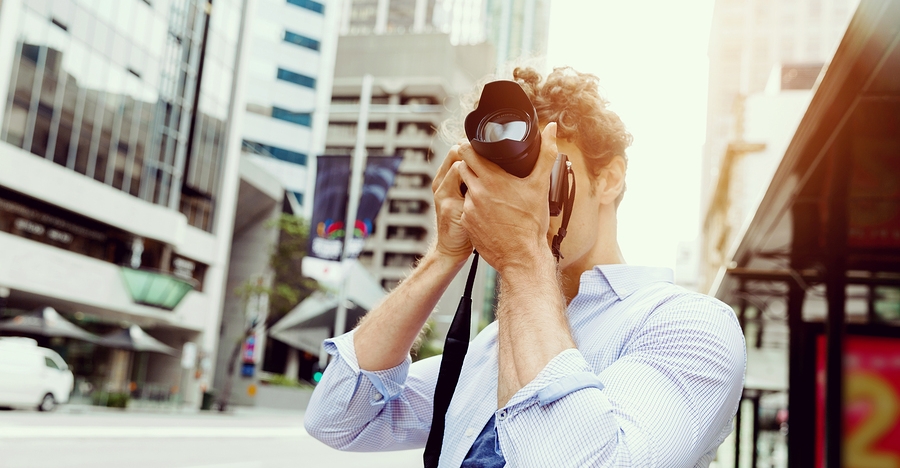Professional photographer John Sherman has asked his fellow photographers these questions.
They all came up with the same list of qualities and he is explaining what all of them mean, and how you can use them to create much more interesting images. But first, let’s take a look at what John does not consider important!
Let’s list some things that aren’t important to a photo’s success. These are in no particular order and constitute what I call The Box of Technical BS. Behold the contents of The Box: megapixels, noise, corner performance, RAW headroom, coma, xenon afterglow, diffraction, OLPFs, missing midtones, 14 bit files, MTF charts, dynamic range, monitor calibration, reciprocity failure, 1:1 sharpness, ETTR, chromatic aberration, ART lenses and let’s not forget the aptly named Circle of Confusion. I could go on and on adding to the contents list of the Box of Technical BS, but the one thing all these technical attributes share is that no matter how much you possess of any of these, they won’t increase the emotional impact of a photo one iota. The only technical aspects one really needs a handle on is the exposure triangle and focus and most cameras will do these tasks for you. Which brings us back to the important stuff.
- Emotion
- Light
- Composition
- Creativity
- Timing
- Context
- Layers
Emotion
Hands down the most important aspect of any photograph is it’s ability to invoke an emotional response. This response is what gets you to look longer at some photos than others, maybe even decide to buy a print and hang that photo on your wall. The response can be anything from happiness to the blues, warmth to chill, serenity to horror. It could inspire curiosity or a call to action. It could simply be a cat video saying “cute” or a food photo that makes your mouth water. If you can pin an adjective/s to a photo other than “boring”, then the photo is succeeding on some level. The stronger the emotions invoked, the more successful the photo and the longer you’ll remember it.
Layers
Layering in a photo is a broad and somewhat ambiguous concept. Different photographers define it differently. Here’s my take. A photo with layers does more than one thing at a time, giving the viewer more to muse over. Layers can be visual elements, the obvious example being a strong foreground with a strong background.
Light
The word photography, literally means painting with light. The quality of the light directly impacts the quality of the photograph. There’s soft light, harsh light, warm light, cool light, Rembrandt light, beauty light and so forth. Your camera’s light meter can measure intensity of light, but only you can judge quality of light. There are no equations to evaluate light quality – it’s purely an aesthetic judgement. How does one learn to make this judgement? By studying good photography and painting, watching how movies are lit to invoke emotion, hanging out with photographers and other artists who have an eye for it… Good photographers key into good light. When they see good light, they find a subject to shoot. When they see a good subject, they wait for the good light (or create it themselves with studio lighting, modifiers, etc).
Context
Context is fundamental in storytelling – showing the subject relating to other subjects (animate or inanimate) or the environment gives the viewer more to chew on than just a straight portrait.
What makes a photograph work is what makes any piece of art work, whether photo, painting, sculpture or other. Shooting with a Leica or Hasselblad won’t make your photos better. Shooting with feeling will. To take your photography to a higher level, think outside The Box.
Read John Sherman’s full article with example images over at Photography Life.
Source: Photography Life

